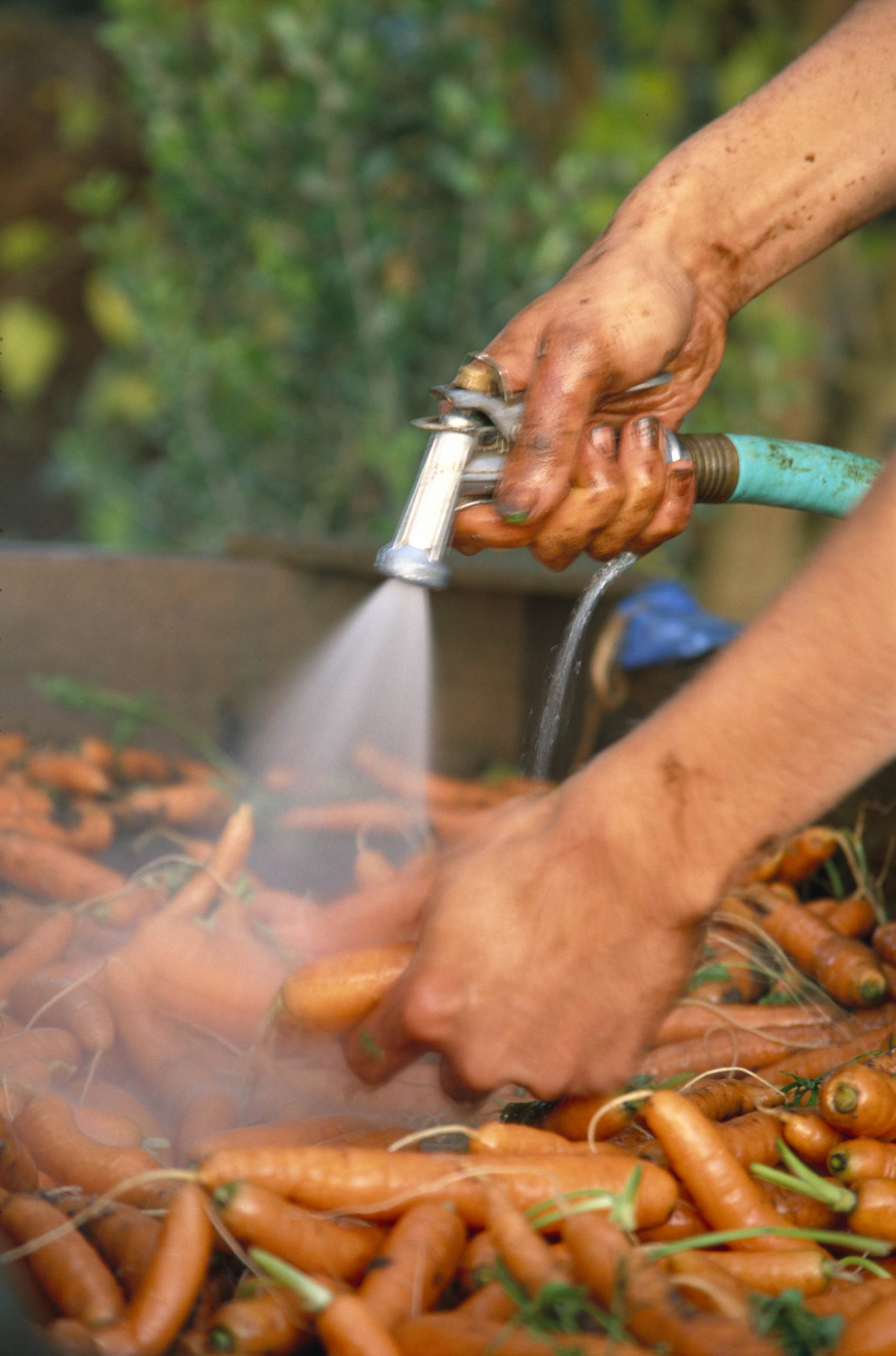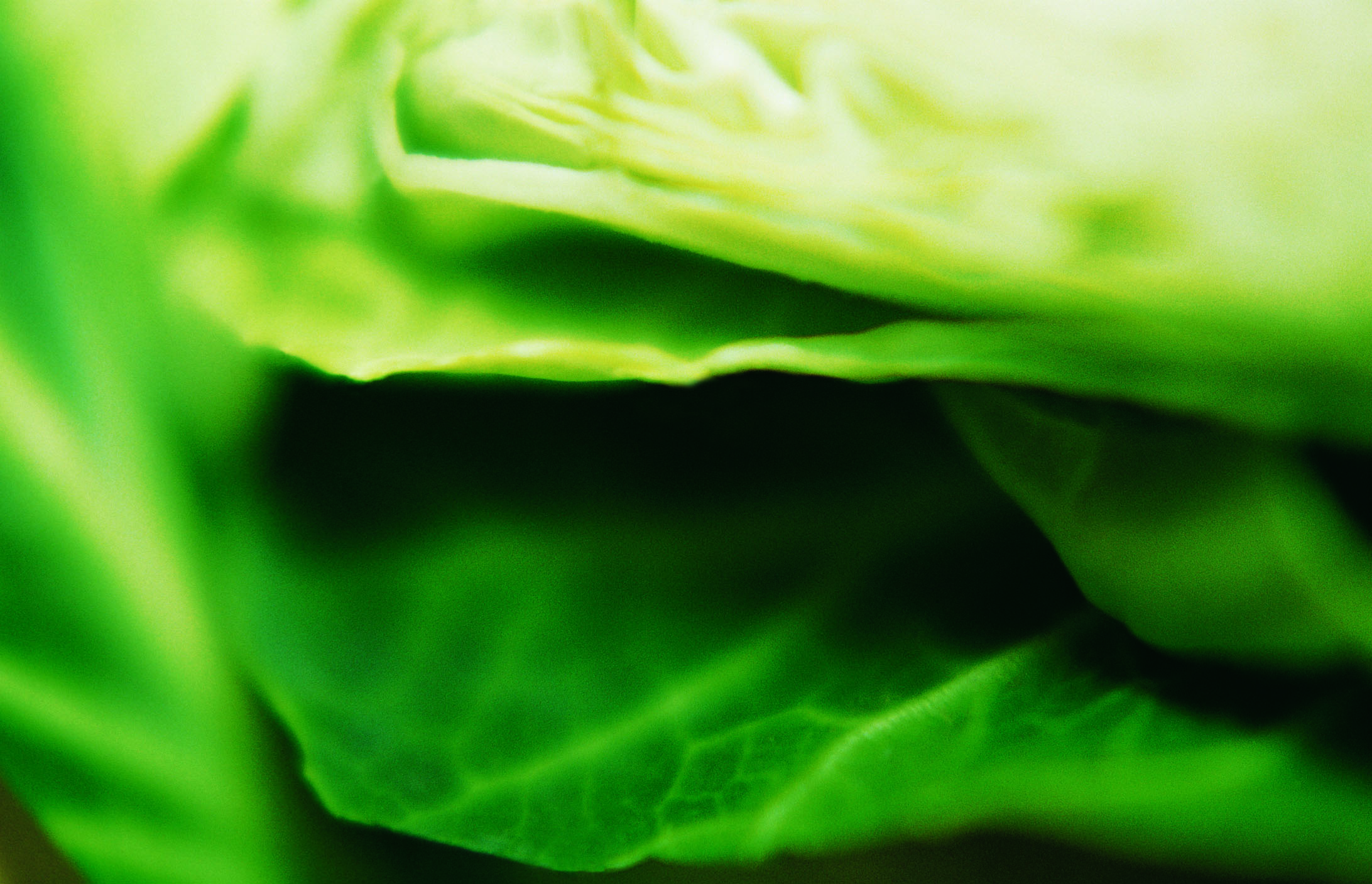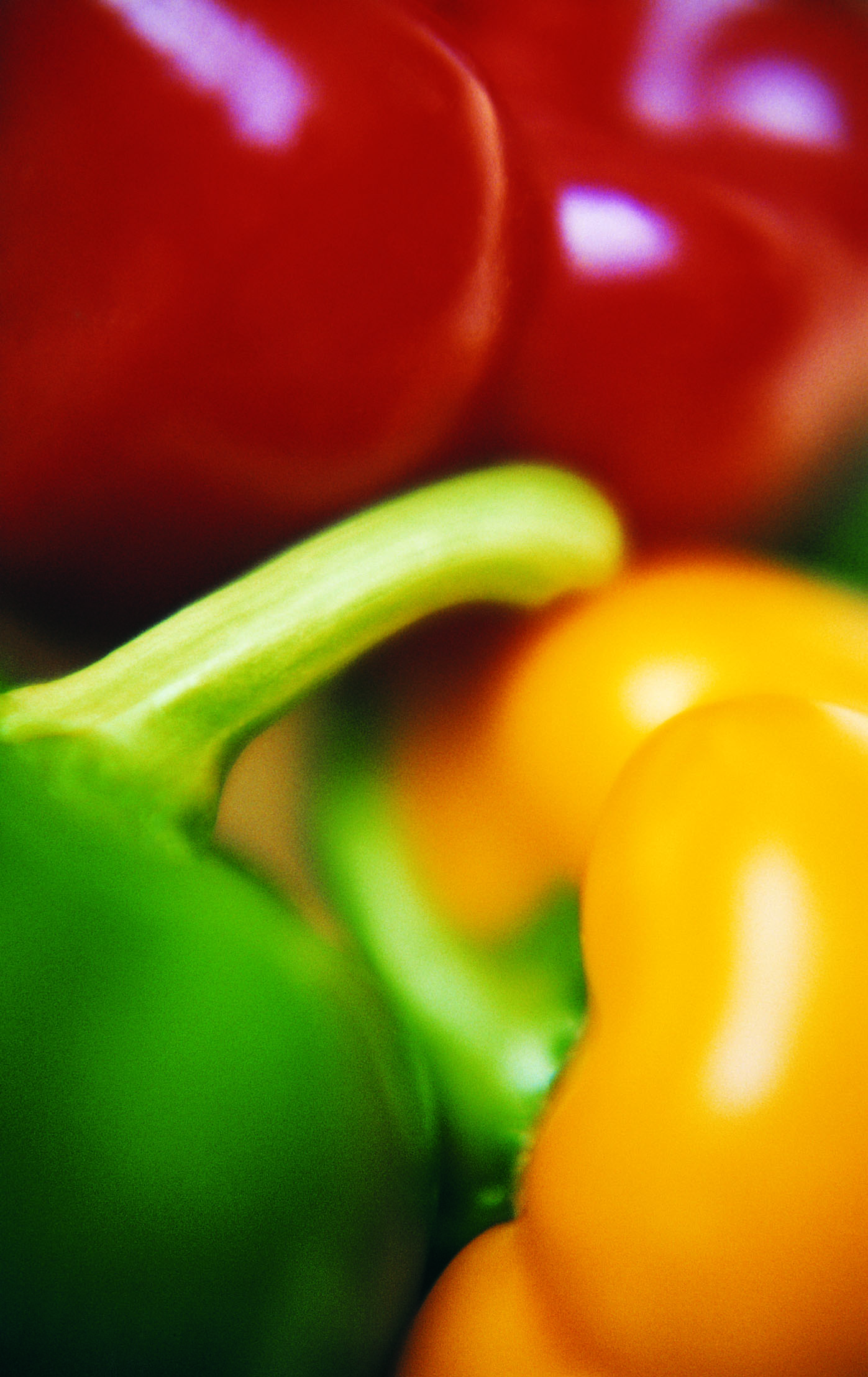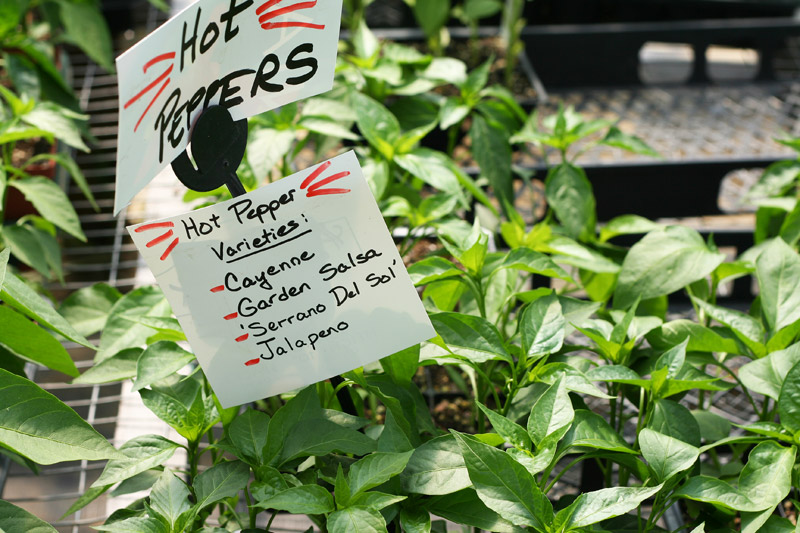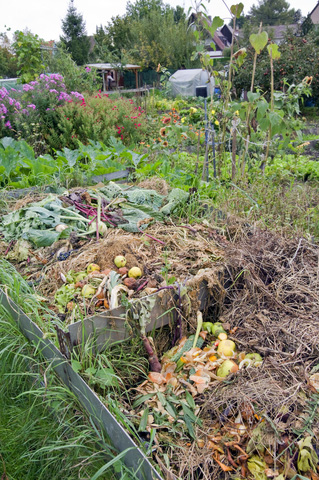
Soil Enhancement: Composting
Learn about the difference between “hot” and “cold” methods of composting. Composting is a method of recycling naturally decomposing matter. Ingredients, size of the pile, local weather conditions, and your maintenance habits will affect the outcome. Note that shredded leaves, chipped wood, and chopped food scraps generally decompose more quickly than whole or large pieces. […]




